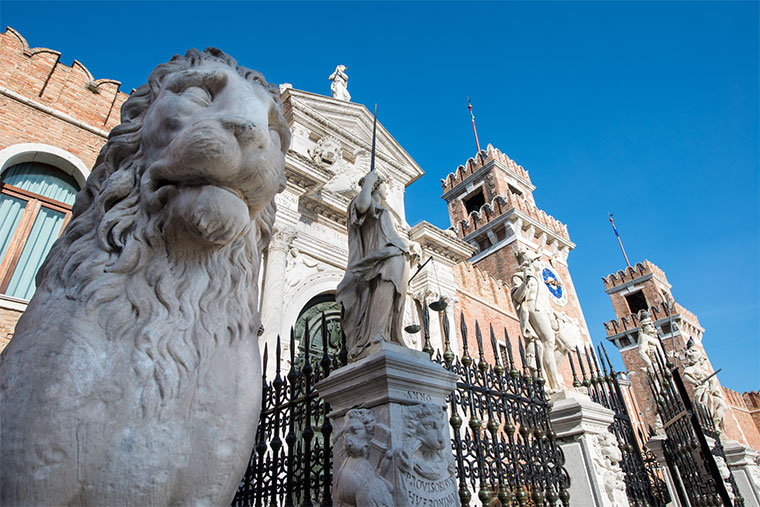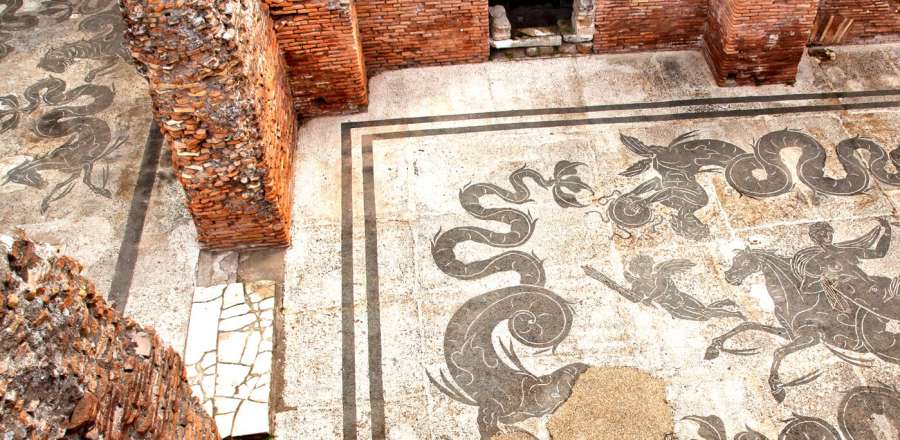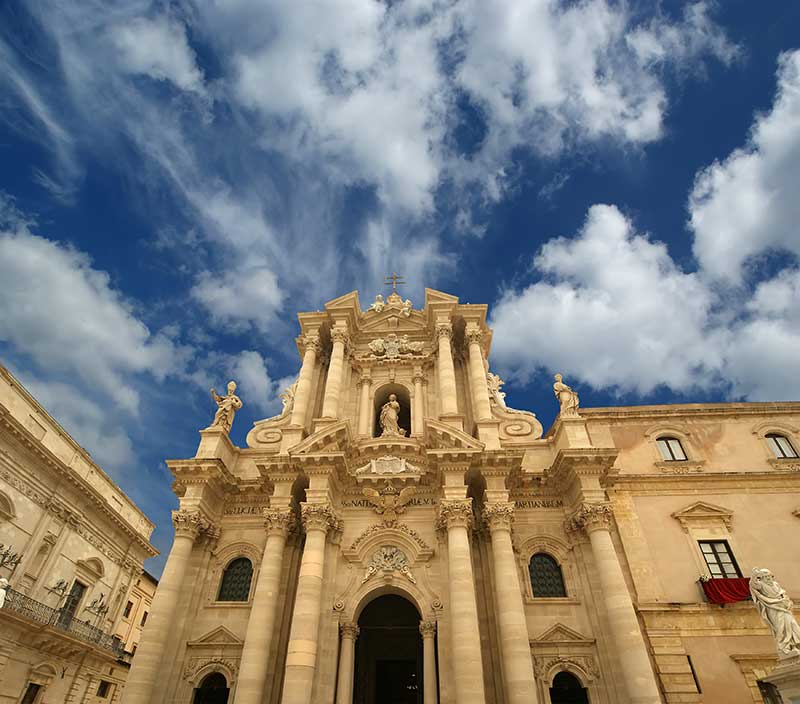Taking its name from the Arabic for workshop, Venice’s Arsenale enormous shipyard was the real powerhouse of the city. Its 16,000 workers built an unrivalled navy enabling Venice to dominate eastern Mediterranean waters for centuries. They built galleons to transport cast quantities of cargo from the east, making Venice’s merchants millionaires. And at their height they could produce a ship a day, fully kitted out with ropes, sails, cannons and a crew. So what was going on behind the enormous ramparts of this fortress and how did it grow to become one of the largest industrial production lines, centuries before Henry Ford developed his mass production assembly line?
Venice’s first shipyard
As a city built on the Venetian lagoon, early Venetians were a people of the water. The city didn’t have much agricultural land to defend and so had little need for a large land army, but it did need to protect itself from attack from the sea so turned to shipbuilding as part of its defense strategy. And the city quickly became expert in building ships.
There’s some debate over when shipbuilding first started at site of today’s Arsenale. Some believe that it may have been established as early as the 8th century AD, which would tie into Venice’s need to defend herself. But most historians date the start of the construction of the first formal shipyard to 1104 AD during the reign of Ordelafo Faliero de’ Doni, a member of the Venetian elite and the 34th Doge or ruler of Venice. This dockyard was dedicated to building naval ships and was owned by the state.

By 1320 the needs of the city and her residents were shifting. Venice’s navy was dominating the Adriatic Sea, ridding it of pirates and so lucrative trade routes down to the Middle East were assured safe passage. Trade through Venice increased rapidly and with it came the need for more trading ships which drove the Arsenale’s development and extension into the much larger Arsenale Nuovo, or New Arsenale, that could simultaneously build naval and merchant ships.
The dockyard covered an immense 46 hectares or around 15 per cent of the historic city’s total area and was protected by 15-foot tall crenelated fortress walls to stop either naval or commercial spies from stealing Venice’s unique production techniques. Shipbuilding was not just big business in Venice, it was the business in Venice and would be the foundation upon which Venetians would make their fortunes.

Mass production
What made the Arsenale great, however, wasn’t just its size, but the 3 revolutionary ways it built ships.
Firstly they standardized their ships developing a new galley that used less timber, a standard frame and a quicker building technique. Parts could be mass-produced in advance meaning that boats could be turned out much faster than their competitors and on an industrial scale. Similarly the ropes required for rigging were all made on site making the Arsenale an important rope manufacturer. And by the 1400s the armory, including cannons, was all being struck within the yard’s impenetrable walls too. Venetians were not just master-shipbuilders but also masters of all the trades necessary to fit out a ship.
Secondly the production process was split into several stages, each with its own specialized workforce. Up to 100 galleys could be under production in its workshops at any one time but instead of the workers moving round to service each new ship, as in other shipyards, the ships were physically moved through each expert stage. This meant that the skilled workers had their tools and materials immediately to hand and was just another innovation that shaved days or even weeks off the construction time.
And thirdly, they had a massive workforce of around 16,000 expert arsenalotti most of whom lived in houses lining the streets and alleys of the Castello district that encircles the Arsenale. The men were professional craftsmen, skilled artisans and renowned as the best shipbuilders of the day. And their skill afforded them a special position in the city too, being appointed as the private guard for the city’s leader, the Doge, for all ceremonial occasions. The arsenalotti were a force to be reckoned with building boats that would conquer large parts of the Adriatic, Greece and even Istanbul and trade galleons bringing silk, spices and gems that would make Venice rich. Without the arsenalotti, none of it would have been possible.
In isolation, each of the Venetian innovations was revolutionary but when pulled together they led to the development of the world’s first highly skilled, industrial-scale moving production line. At its peak in the 1600s the dockyard was turning out a fully kitted out ship a day, its naval ships ruled the Adriatic waves and its merchant ships dominated the Eastern Mediterranean market. And Venice was growing very, very rich on the foundations laid by the Arsenale and its workforce. It’s no wonder, then, that Venetians were so keen to protect their industrial secrets with huge fortifications and 24-hour guards. Today the shipyard is still a naval zone and home to the Doge’s ceremonial Bucintoro barge but its warehouses stand silent, the ghosts of the ships built there having sailed. But don’t be fooled by the quiet as the Arsenale’s industrial legacy lives on in every brick of every Venetian palace built from riches made on the sea. Venice owes the Arsenale everything.






























